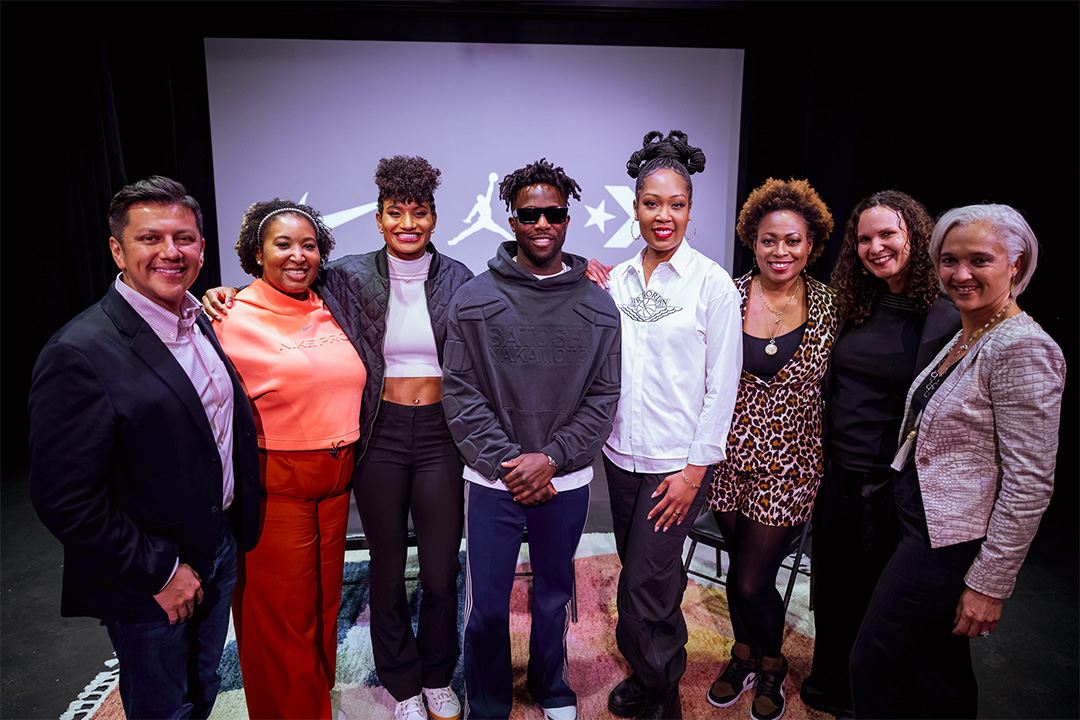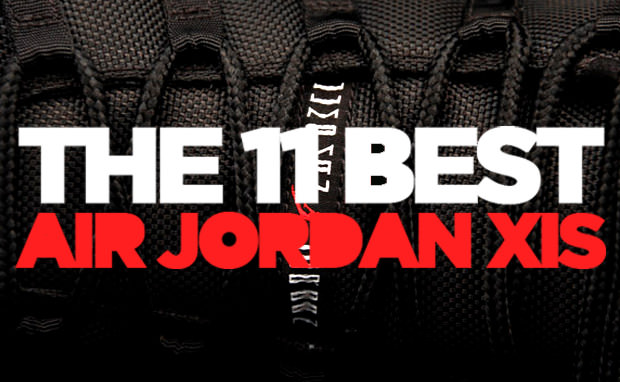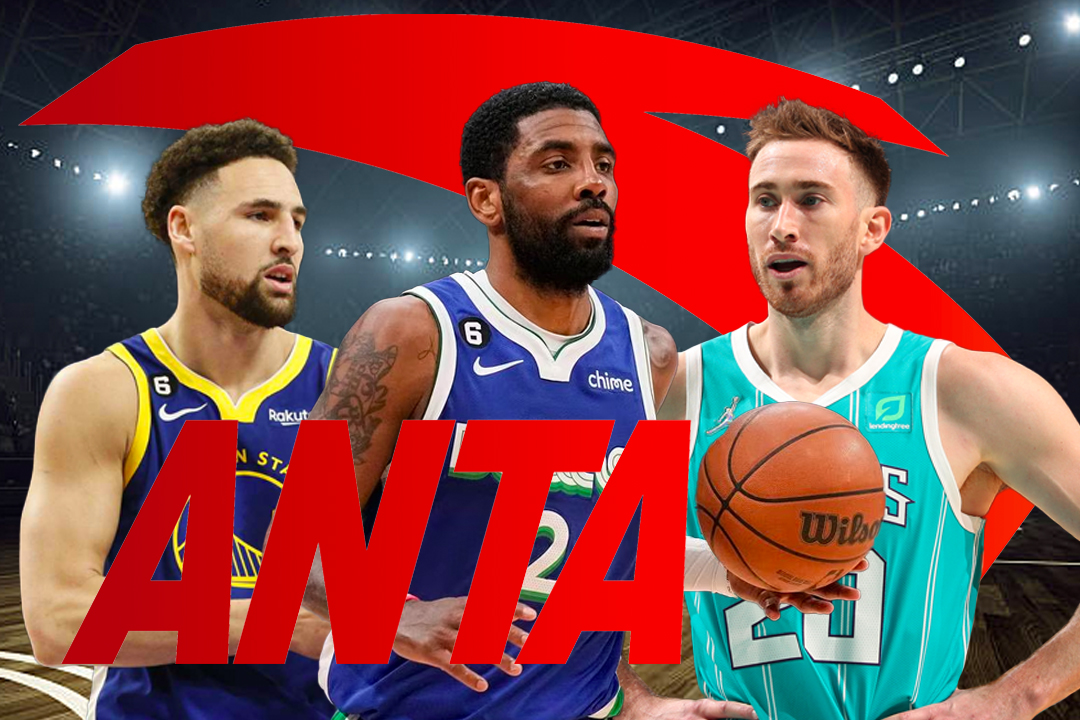This post may contain affiliate links. Please read our disclosure policy.
Hexalite
Brand: Reebok
Run: 1990-Current
Adaptations: Hexride
Notable Models: Reebok Question, Reebok Kamikaze II, Reebok Preacher Ice
During the late ‘80s and early ‘90s, Reebok came to fame outside of fitness with the Pump system. While the Pump was focused more on fit than cushioning, it was often paired with Hexalite technology. Inspired by the lightweight strength and structure of a honeycomb, Hexalite cushioning saw occasional shine in the midsole and outsole of early ‘90s footwear. Midway through the decade, the cushioning came to fame via visibility with signatures like the Reebok Question and Reebok Preacher Ice. Its strong but light mantra saw its use on basketball shoes for the biggest and smallest of stars. While the cushioning has been carried over on recent retros, it’s also present on classic updates like the Kamikaze III and Pump Fury HLS.
Zoom Air
Brand: Nike, Jordan Brand
Run: 1995-Current
Adaptations: Vis Zoom, Caged Zoom, Double-Stacked Zoom, Zoom Max
Notable Models: Air Jordan 12, Nike Zoom Flight 95, Nike Air Foamposite One, Nike Zoom Spiridon, Nike Zoom Miler, Nike Air Zoom Generation, Nike Air Zoom Huarache 2k4, Nike Zoom Kobe V, Nike LeBron X
Thin and flat rather than big and round, Zoom Air cushioning offered a responsive take on the original Air format and a lighter alternative to Max. By absorbing and refracting the impact made by the wearer, Zoom Air is able to retain both its shape and buoyancy. Such properties aid responsiveness, while its low profile caters to court/ground feel. Since debuting in 1995, the technology has remained relevant in both basketball and running, appearing less dated than alternatives. Zoom Air has seen appeal across categories, including insole injections in Nike SB models. Though typically encapsulated, the cushioning has seen visibility in the form of Caged Zoom on a number of models, including the recently released Jordan Melo M9 and Nike KD V Elite.




